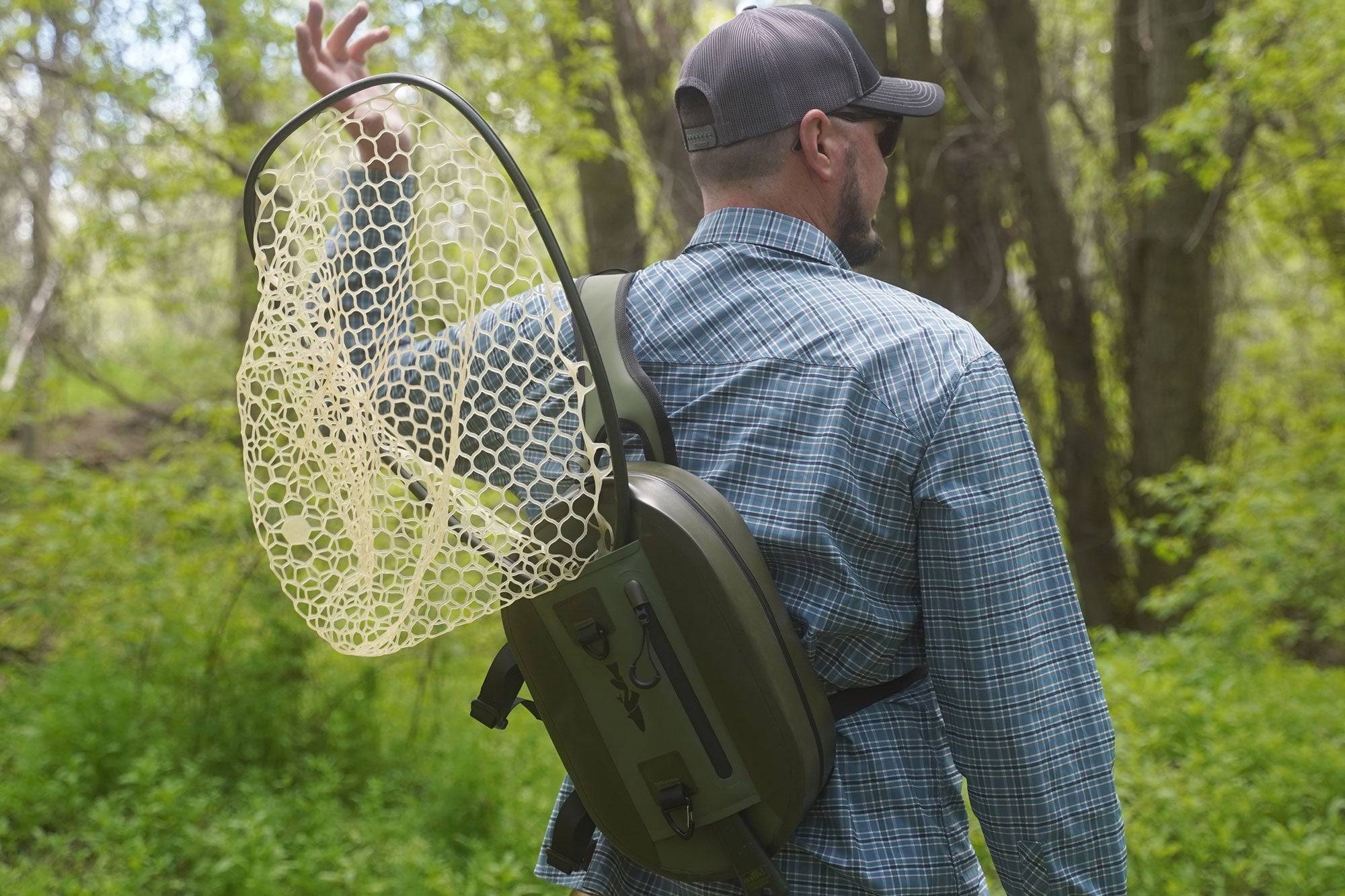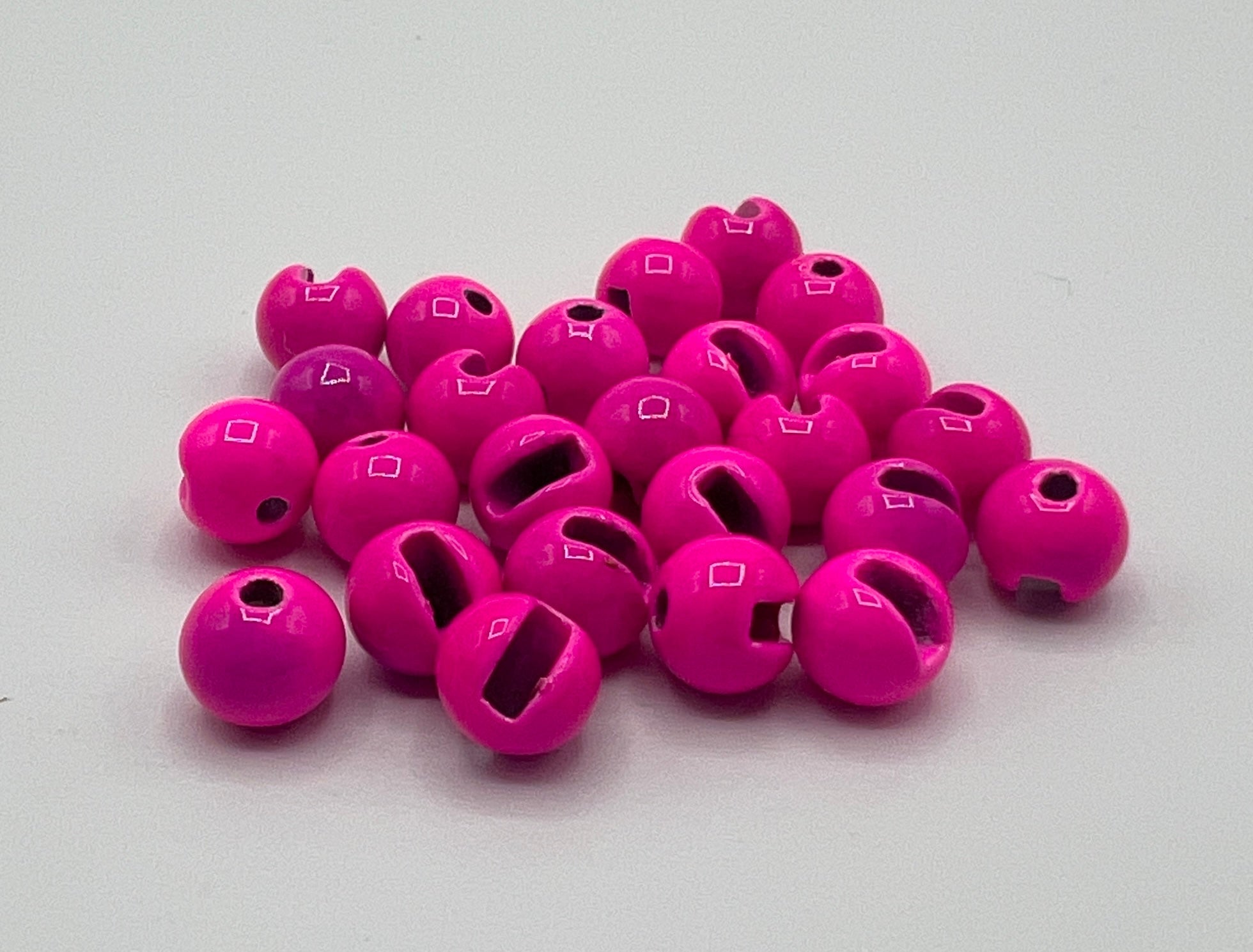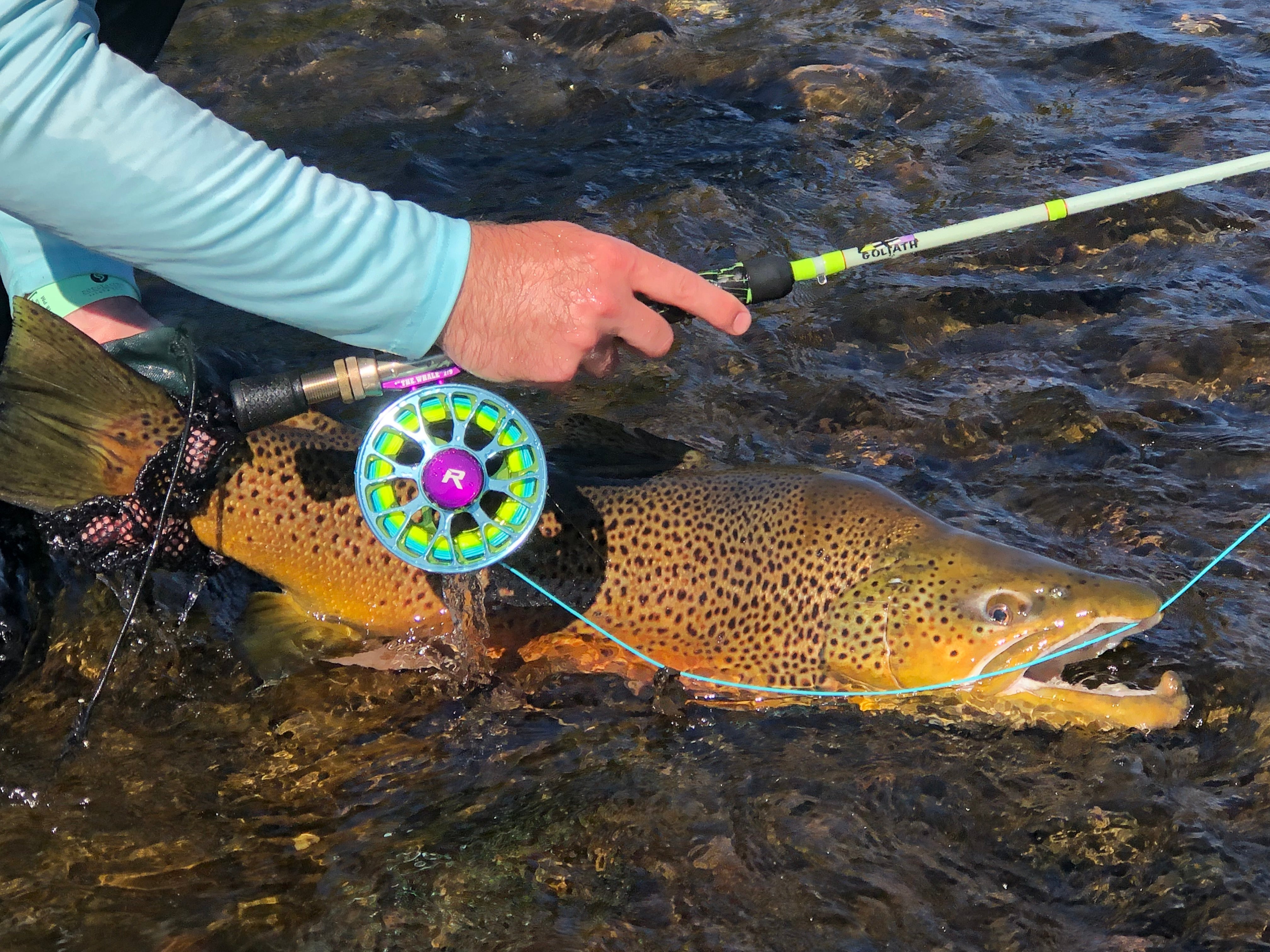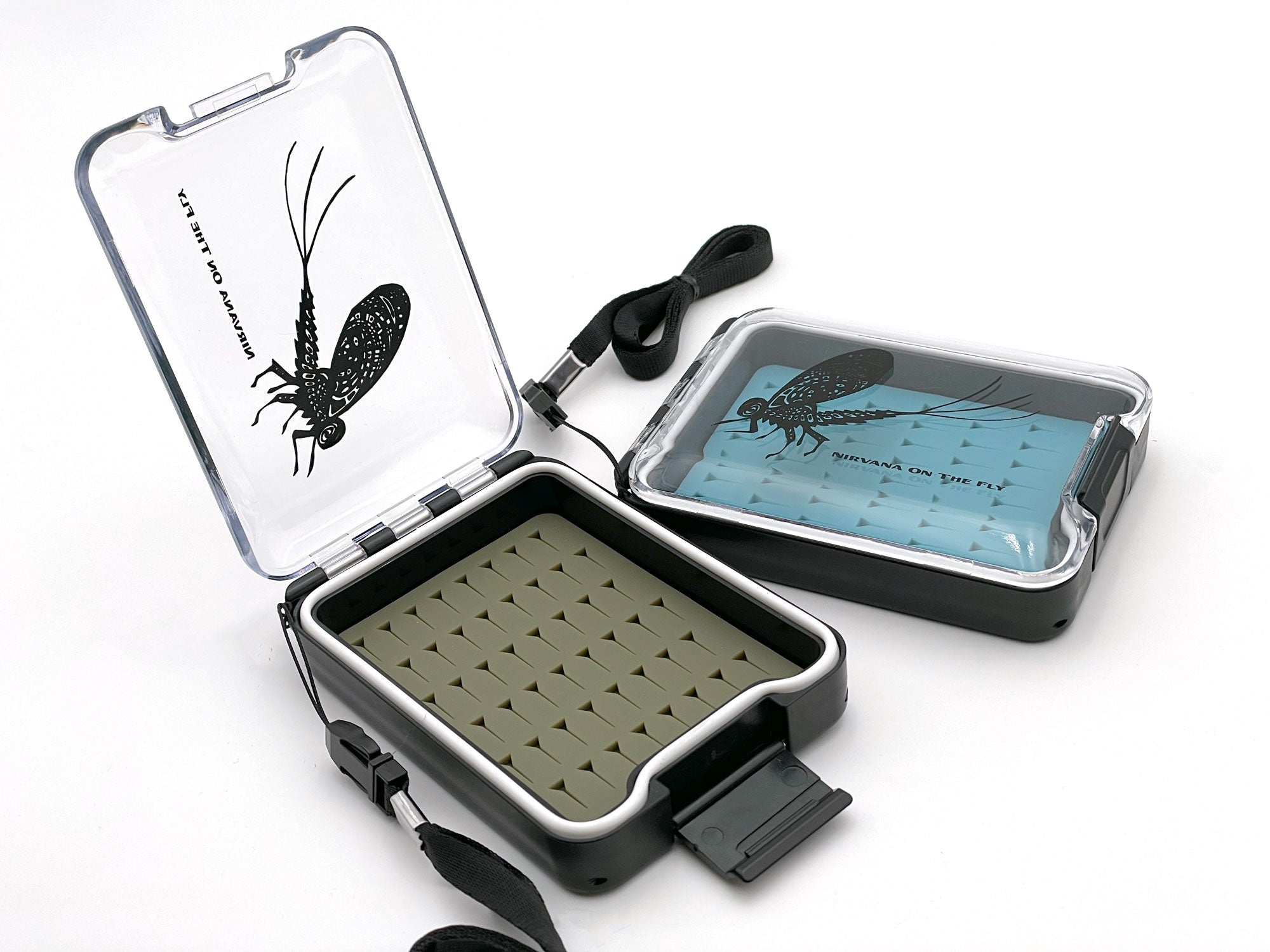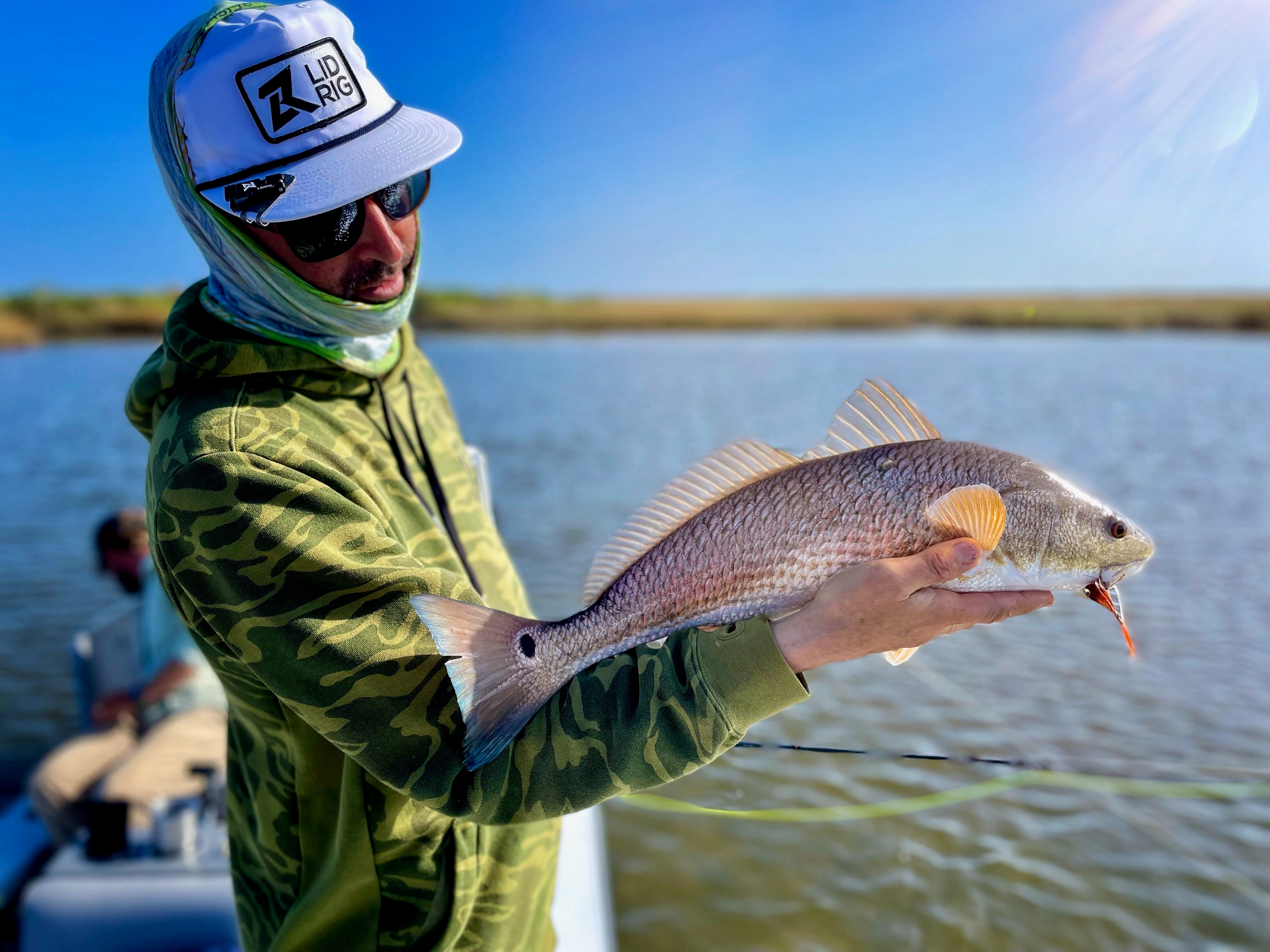Winter, often overlooked by many, is a fantastic season for fly fishing. It brings unique challenges and opportunities for anglers who dare to brave the cold. The serene, almost solitary environment, coupled with the technical aspects of winter fly fishing, makes it an exhilarating experience.
My local waters for example can be extremely good and predictable. Most days there is a regular midge hatch that is undoubtedly one of the better dry fly hatch scenarios throughout the year. It lasts a few hours a day just about every day. The only downfall is that they are size 22 and smaller which can be a pain in the cold winter fly fishing conditions.
There are a ton of winter fly fishing tips out there and this one likely overlaps a lot of those. I’ve talked before about methods for staying warm but today we are going to talk about 7 basic contempts to keep in mind during the winter that will aid you in having regular success on the water.
Locating Trout in Winter:
Focus on tailwaters during these months. Unlike freestones that are typically blocked with ice, tailwaters remain navigable and ice-free, especially below dams. This isn’t a weird phenomenon. Instead, it’s because most tailwaters release water from the bottom of the dam which keeps the water temperature relatively consistent. That is why the water temperature changes little when the ambient temperature does. From November to March, trout gravitate towards slow runs and deep pools, where they can access abundant food with minimal effort. Fast riffles and runs should be avoided, as they are less likely to host fish during this season.
Optimal Winter Fishing Time:
Timing is crucial in winter fly fishing. The best period to fish is between 10 a.m. and 3 p.m. Water temperatures below 40 degrees generally mean less active fish. Mid to late afternoon, when the water warms up slightly, can bring about midge emergences - prime time for successful fishing. As mentioned above my local river experiences this and if I leave my house at 9 I know I’m in prime time for a 10:00 - 1:00 potential hatch period.
View this post on Instagram
Tippet Selection:
Winter fishing demands finesse. Using 6X fluorocarbon for nymphing and 7X monofilament for dry flies is recommended. Keeping an extra spool of each is wise to avoid any untimely shortages, which could impact your day's success. I often go even finer than this because fish are further and fewer between so if I have one interested I don’t want leader shiness to be a factor. Lastly, when you tie any kind of double rig you always want to have the lowest rig your lightest piece of tippet. For example, on the double dry fly scenario, I mentioned I would use 6x to my high vise Griffiths Nat and 7x or 8x to my size 24 midge. This way if I break off I’m likely to only lose one fly vs the entire rig.
Choosing the Right Fly:
Midges are the mainstay of a trout's winter diet. Knowledge of the midge lifecycle (larva, pupa, and adult) is essential. The subtle size difference in your fly, like opting for a size 24 over a 22, can be the key to a catch. When in doubt, go smaller. I find that in tailwater scenarios you can’t go wrong with small flies. The one substitute is when I’m euro-style fishing and I feel I can get away with a slightly larger fly.
Weight Adjustments:
Proper weighting is a game-changer. Begin with a size 6 split shot, and fine-tune with Loons tungsten puddy or similar tungsten putty. Larvae imitations should be fished close to the bottom, while pupae are more effective in the mid-column. Observing trout behavior is crucial for making the right adjustments. Adjusting the midge phase I am using and where it is on my rig is clutch. This is in relation to my nymphing rigs and I typically run a larvae fly on the bottom, a pupating fly on anything I suspect will be more than 12 inches off of the substrate. Technique comes into play here too. I always swing my rigs at the end of my drift in the winter when nymphing. You will be surprised how many fish you will catch on the swing or when you are lifting the rig for a recast. That slight elevation change of your flies is like an emerging pupa and regularly triggers a take.
View this post on Instagram
Gear Preparation Tips for the Winter Cold:
Winter fly fishing demands appropriate dressing and I have an extensive article on this already written. You can read it here. Instead of focusing on getting warm or staying warm I suggest setting a few things up so you can plain avoid the cold. One is knot tying. Watch this video on how to tie a clinch knot with your forceps. Second, is pre-rigging so you don’t have to tie knots. I often take 3 rods. Rod one is rigged for an indicator with midges. I usually use a bounce rig or 90-degree rig in the winter because time is limited and they are super effective. Rod two is a euro nymph rig. I rig this with a midge and a golden stonefly. Golden stoneflies are present in my local water year-round and I love using that as a point fly and a midge or midge pupea as my upper fly. The third rod is my dry fly rod. I have that set up as a double dry fly rig and I use a high-vise midge cluster with a small size 22 midge off the back. By setting up with three rods I avoid having to rerig in the cold and can switch at ease. The key is to set them up at home in a warm environment.
Slowing Down the Approach in Winter:
Trout are less active in cold waters, so a slower, more deliberate approach is necessary. Slow down your casting and retrieving. Make your fly movement as effortless as possible for the trout, increasing the chances of a strike. This is particularly useful when fishing streamers. In other situations, you are often governed by the flow of the river. When streamer fishing you can have a tremendous effect on your fly speed, action, etc. Dead drifting streamers like woolly buggers is a great example of this technique.
Conclusion:
Winter fly fishing is a rewarding experience for those who embrace its challenges. By following these seven strategies, anglers can enjoy the tranquility and unique opportunities that winter fishing offers. With the right preparation and mindset, winter can become a season you look forward to each year for its fly fishing potential. Fishing in the winter is also a great way to spark your fly tying. Because you are often spending shorter days on the water, the inspiration can go back to your vice and inspire refills.
Want to get deals on gear, fly fishing trips, and tons of information? Become a member of the Loyalty Club at Fly Fishing Insider Podcast.
Here is another article I think you'll enjoy.
How do Water Temperatures Effect Fly Fishing
FFIP does receive a small commission from affiliate sales links. However, not all links are directed towards affiliate programs as I stay neutral and base recommendations more so on my own experiences. These commissions are used to support the FFIP expenses related to maintaining and hosting the show, blog, etc. Thank you for your support and by purchasing through the links within my articles when applicable!

By Christian Bacasa
Host of the Fly Fishing Insider Podcast
Fly Fishing Insider Podcast Official Website
Instagram Fly Fishing Insider Podcast
Instagram Dupeafish
Facebook
Pinterest
Twitter
LinkedIn
Tumblr
Watch on YouTube


